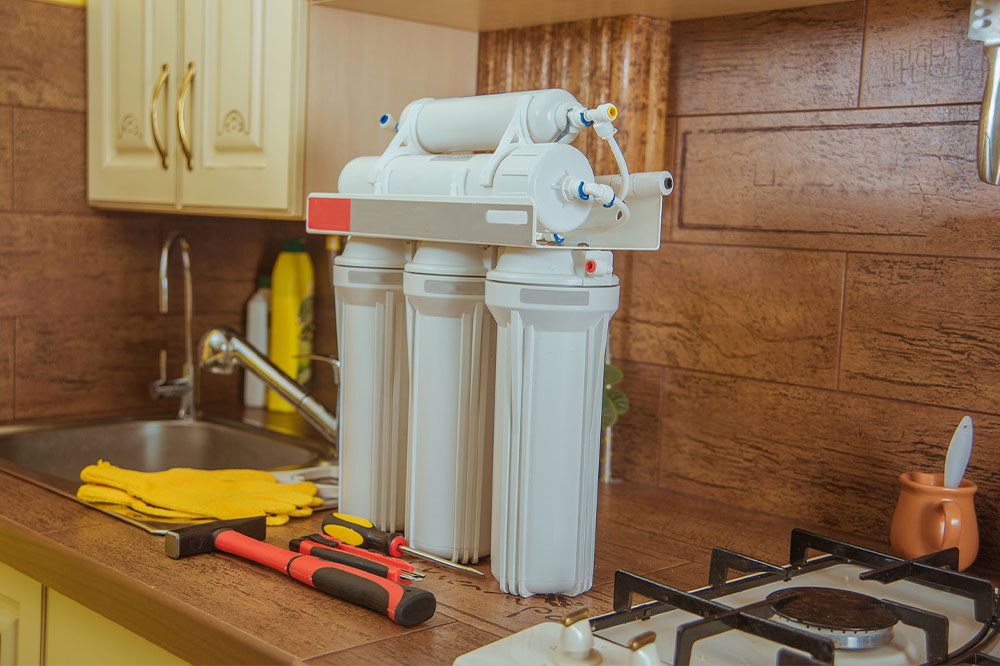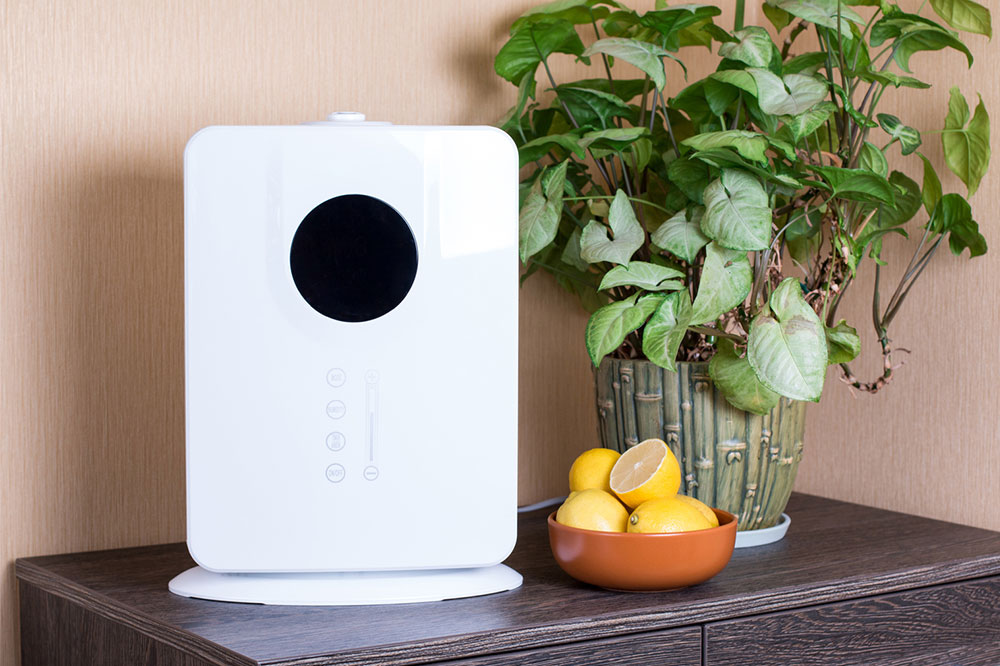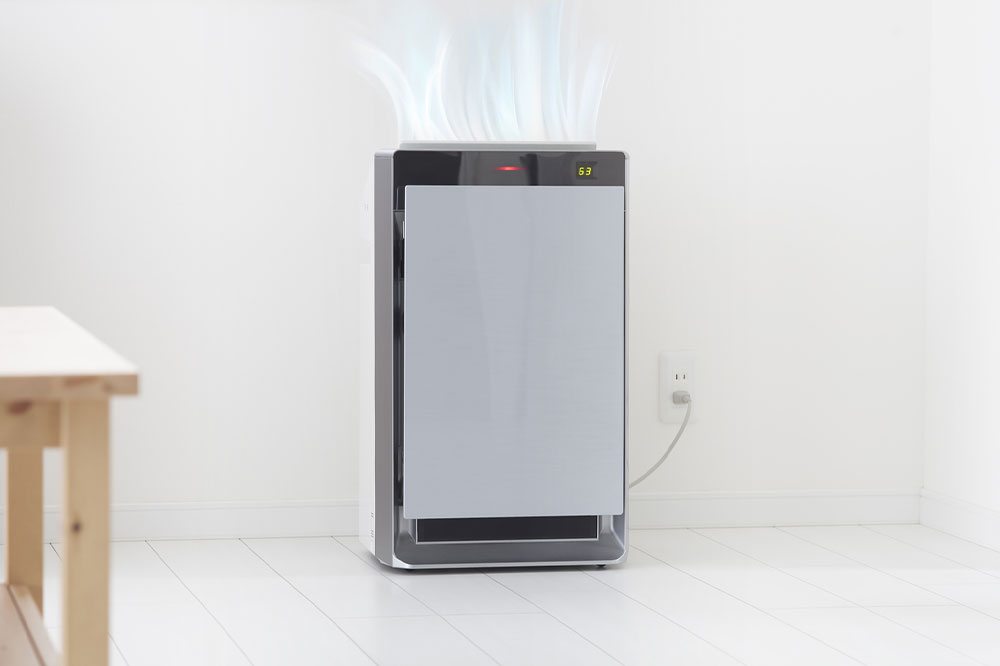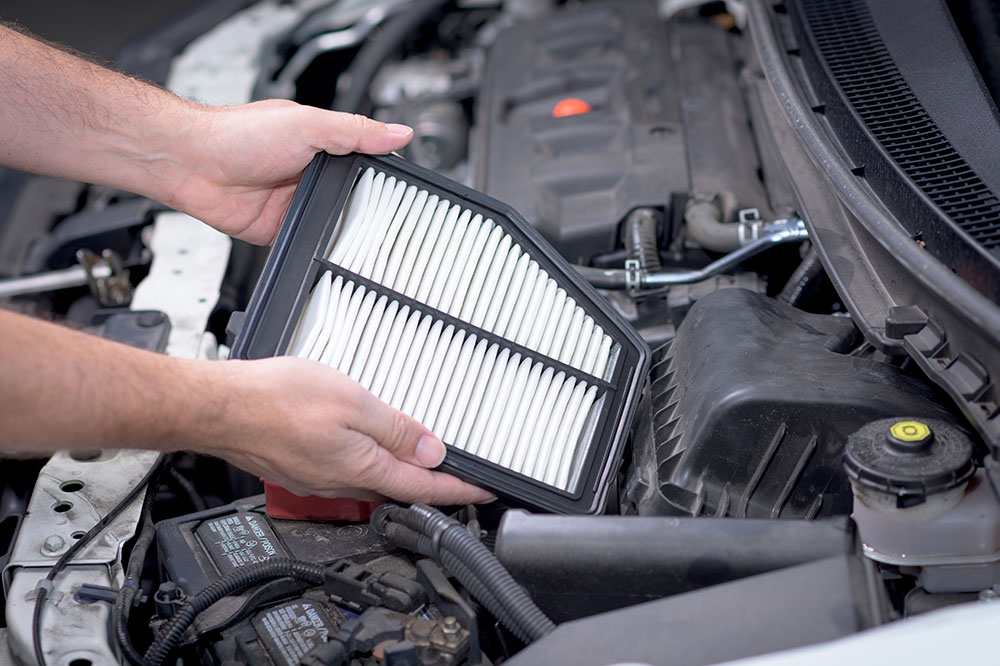Choosing Between Air Filters and Air Purifiers for Better Indoor Air Quality
Learn the key differences between air filters and purifiers to improve indoor air quality effectively. This guide explains their functions, benefits, and limitations, helping you choose the best air cleaning solution for your home or workplace. Combining both devices offers optimal protection against airborne contaminants, allergens, and pathogens, creating a healthier environment.

Differences Between Air Filters and Air Purifiers
Maintaining clean air indoors is vital for health. Understanding the difference between air filters and air purifiers is key. Air filters are components of HVAC systems, trapping dust, pollen, and allergens. In contrast, air purifiers actively remove or neutralize airborne toxins. This article highlights their unique features, advantages, and limitations to help you select the ideal solution for your home or office environment.
Types of Air Filtering Devices
While both filters and purifiers improve air quality, they operate differently. Filters capture particles like mold, pet dander, and bacteria, whereas purifiers eliminate or deactivate pollutants directly.
HEPA Filters
High-Efficiency Particulate Air (HEPA) filters trap 99.97% of particles as small as 0.3 microns, suitable for homes, healthcare settings, and industries.
Fiberglass Filters
Disposable fiberglass filters trap pollutants effectively and are often electrostatically enhanced for better performance.
Activated Carbon Filters
These porous filters absorb gases and odors, commonly used as pre-filters or in conjunction with other air cleaning systems.
Reusable Filters
Washable and economical, reusable filters can be cleaned and reused multiple times, reducing ongoing costs.
Primary Role
Filters mainly improve air quality by capturing larger particles such as dust, pet dander, pollen, and mold spores, helping prevent health issues related to airborne contaminants.
Strengths and Challenges
Filters effectively trap larger debris but can produce noise and may incur higher long-term costs. They do not generate negative ions, unlike some air purifying technologies.
Types of Air Purifiers
Air purifiers are standalone devices designed to remove airborne pollutants, providing cleaner indoor air. They vary by the purification method used.
UV Light Purifiers
Employ ultraviolet light to sterilize microorganisms, rendering them harmless.
Activated Carbon Purifiers
Use activated charcoal to adsorb chemicals, gases, and odors from the air.
Ionic Purifiers
Release ions that attach to airborne particles like bacteria and dust, which are then captured on charged plates for removal.
Use Cases
Purifiers are beneficial for reducing allergens, mold spores, and chemical exposure, serving allergy sufferers and asthma patients. They also decrease airborne disease risks.
Pros and Cons
Air purifiers eliminate pathogens effectively, operate quietly, and are cost-efficient. However, they are less capable of removing large dust particles and tend to treat limited areas without continuous airflow. Combining air filters and purifiers maximizes indoor air quality.
Overview of Functions
Filters are available in various sizes, capturing larger particles and debris to enhance overall airflow. Purifiers are used independently to target gases, odors, and ultrafine particles, directly sanitizing the air. Integrating both ensures comprehensive indoor air management, especially during high pollution or allergy seasons.


